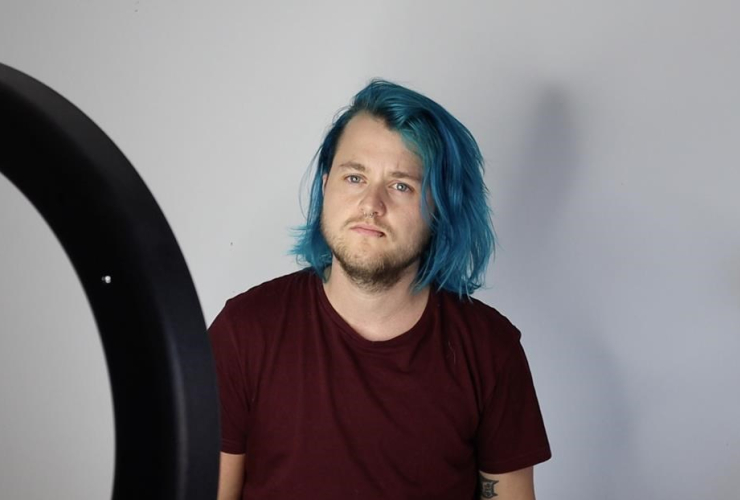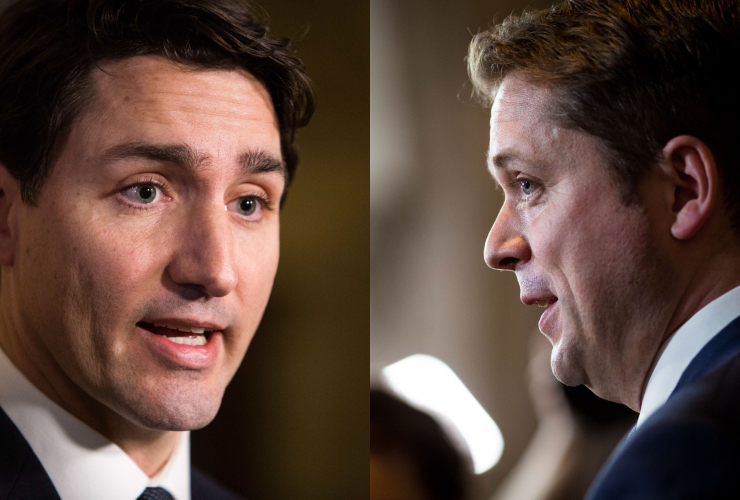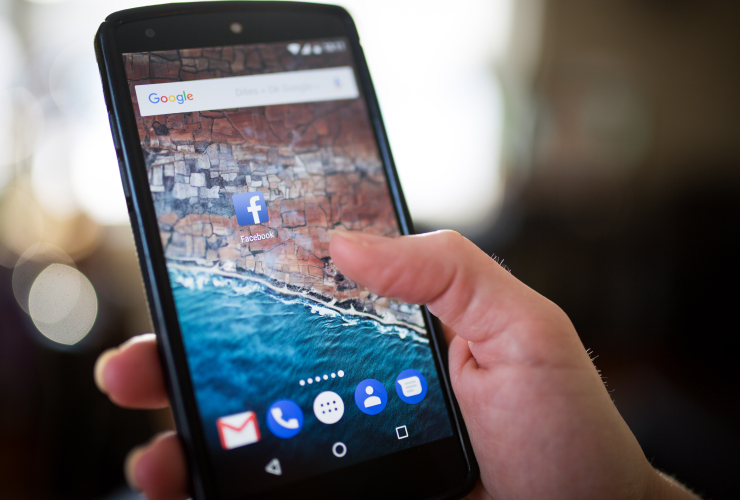This story was originally published by The Guardian and appears here as part of the Climate Desk collaboration
Some of the biggest companies in the world are funding climate misinformation by advertising on YouTube, according to a study from activist group Avaaz.
The group found that more than 100 brands had adverts running on YouTube videos on the site that were actively promoting climate misinformation. The brands, including Samsung, L’Oreal and Decathlon, were unaware that their adverts were being played before and during the videos.
“This is not about free speech, this is about the free advertising YouTube is giving to factually inaccurate videos that risk confusing people about one of the biggest crises of our time,” said Julie Deruy, a senior campaigner at the group. “YouTube should not feature, suggest, promote, advertise or lead users to misinformation.”
For the report, Avaaz examined videos pushed to users when they search “global warming”, “climate change”, or “climate manipulation” on the site, focusing particularly on those giving high prominence by YouTube’s recommendation algorithms. It found that 16 of the top 100 videos on the first term contained misinformation, as did eight of the videos found under “climate change” and 21 of those under “climate manipulation”.
“YouTube has previously taken welcome steps to protect its users from anti-vaccine and conspiracy theories,” Avaaz argued, “but has not acted with equal force against broader misinformation and disinformation content, including climate misinformation.”
The group called on YouTube to implement new policies to prevent the further spread of climate misinformation on its platform. It said the site should:
-
Include climate misinformation in its “borderline content” policy, which limits the algorithmic distribution of videos that do not reach the bar required to fully remove them from the site.
-
Demonetise misinformation, “ensuring such content does not include advertising and is not financially incentivised. YouTube should start immediately with the option for advertisers to exclude their ads from videos with climate misinformation.”
-
Work with independent fact-checkers to inform users who have seen or interacted with verifiably false or misleading information.
-
Provide transparency to researchers by releasing data showing how many views are driven to misinformation by its own recommendation algorithms.
In a statement, YouTube said Avaaz’s report had its own transparency problems. “We can’t speak to Avaaz’s methodology or results, and our recommendations systems are not designed to filter or demote videos or channels based on specific perspectives. YouTube has strict ad policies that govern where ads are allowed to appear and we give advertisers tools to opt out of content that doesn’t align with their brand. We’ve also significantly invested in reducing recommendations of borderline content and harmful misinformation, and raising up authoritative voices on YouTube.
“In 2019 alone, the consumption on authoritative news publishers’ channels grew by 60%. As our systems appear to have done in the majority of cases in this report, we prioritise authoritative voices for millions of news and information queries, and surface information panels on topics prone to misinformation – including climate change – to provide users with context alongside their content. We continue to expand these efforts to more topics and countries.”
A L’Oréal spokeswoman said: “The information promoted by these videos is in direct contradiction with L’Oréal’s commitments and the work we have been carrying out for many years to protect the environment. We are collaborating with YouTube teams asking them to use all the technological means at their disposal to better inform the platform’s users about the nature of these videos and to limit their impact.”






Comments